Responsible Farming for More Than 150 Years
California’s 600 prune growing families, many of them from multi-generation farms, are proud of the important role they play in their state – on the land they steward, in the communities where they live and work, and for the markets around the world for which they produce top–quality, healthy food.
While there is no one-size-fits-all approach to farming, California Prune growers are a diverse group that uses a range of environmentally friendly orchard management practices to produce wholesome, delicious California Prunes. Under robust regulations and changing dynamics in climate, farming and the global marketplace, California Prune growers share a commitment to continuous improvement. With the help of research and tools funded by the California Prune Board, they are learning, adapting and improving their craft to ensure they are conserving natural resources and sustaining the future of the prune industry for generations to come.
The California Difference
California Prunes are sold in more than 60 countries around the world. Simply put, they’re the best prunes in the world in terms of:
- Flavor, quality, consistency and size
- Environmental and socially responsible production practices
- The most stringent food safety standards
- An all-around premium reputation earned over many decades
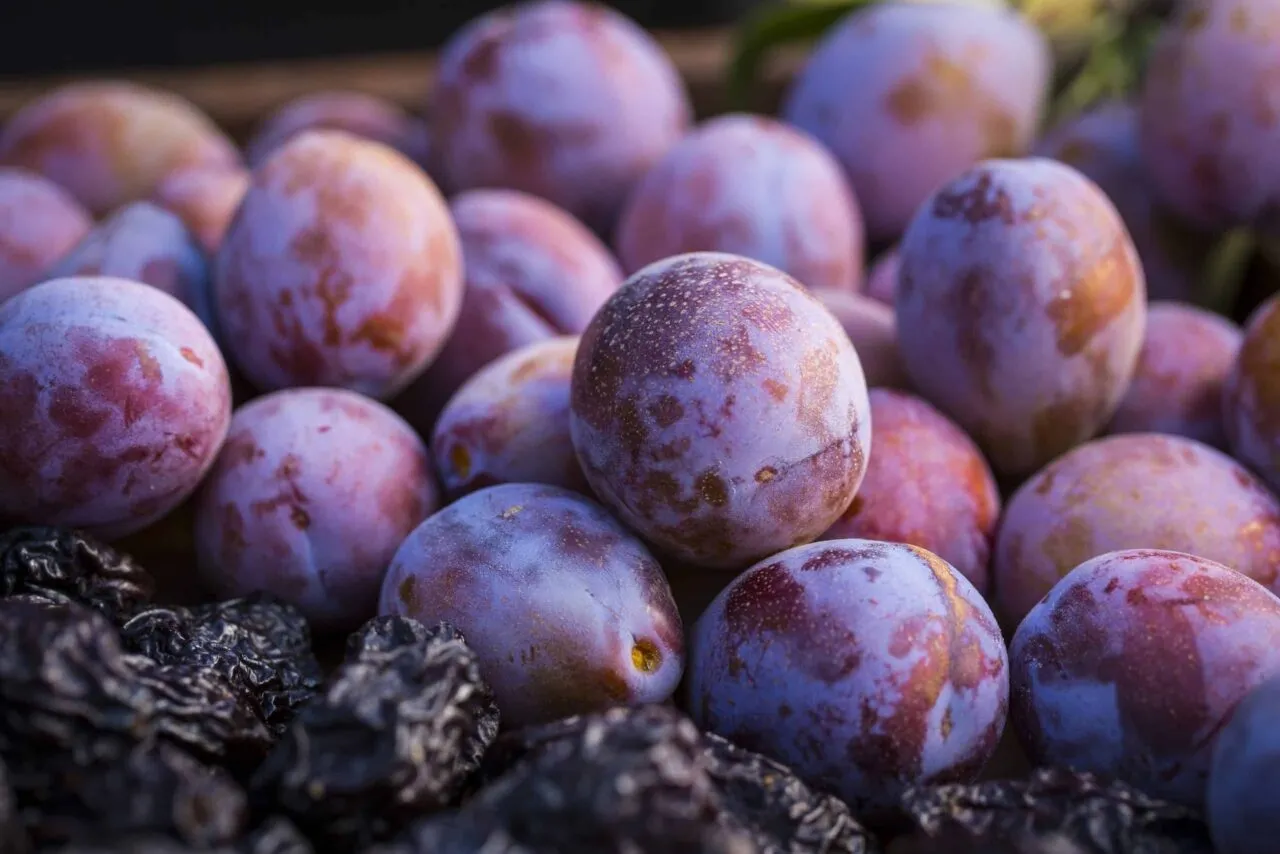
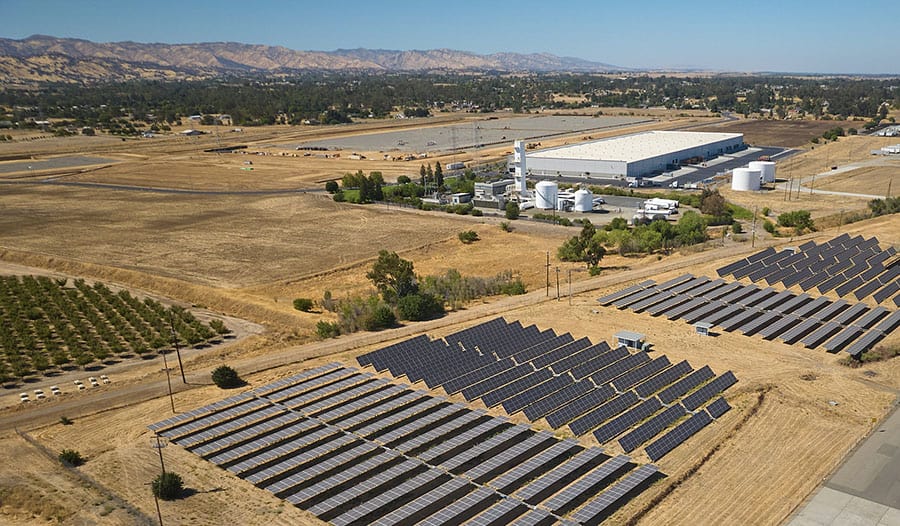
With a commitment to dedicating resources toward a more sustainable environment, the California Prune industry has invested millions of dollars in production research to improve the many facets of the industry’s sustainability, including:
- Environmentally friendly practices
- Improving worker safety and labor costs
- Improving prune size and quality
- Decreasing production costs
- Improving dehydration and processing efficiency
- Improving consistent year-to-year production
- Improving worker safety and labor costs
California Prune Industry’s Approach to Sustainability
California Prune growers, handlers and others in our community have unified around prioritizing:
People
Benefiting the California Prune community and delivering health and wellbeing to consumers.
The industry strives to do right by those who power it. Providing fair wages and labor practices, along with competitive benefits, the California Prune community does its part to uphold and protect the health and safety of all involved while providing consistent employment opportunities. Additionally, California Prunes are a healthy, nutritious fruit that has no added sugar and offers important vitamins, minerals, antioxidants and fiber that support favorable gut, bone and heart health — supporting nutrition security to all who enjoy them.
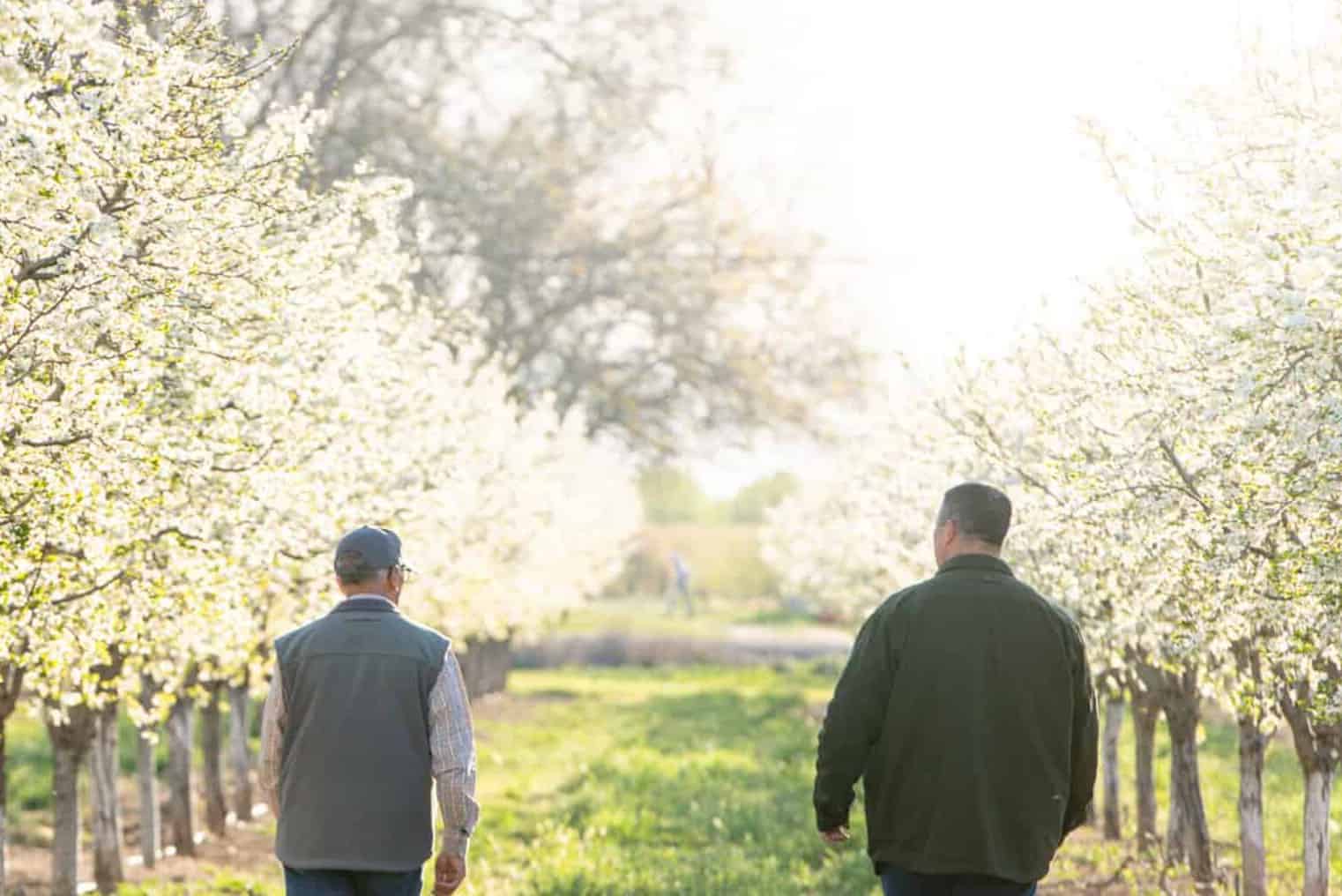
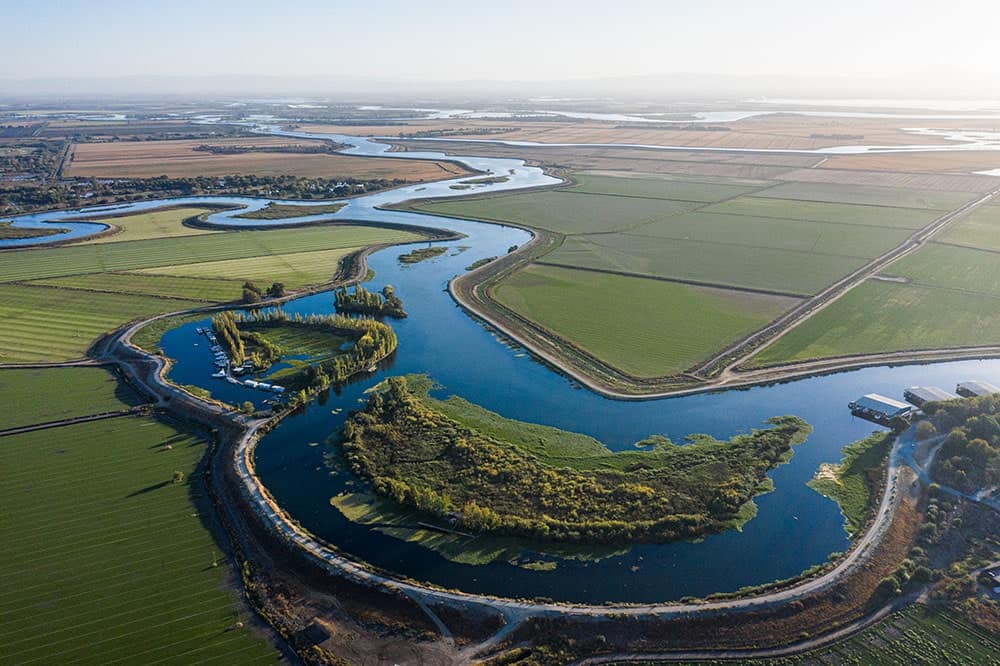
Planet
Beginning in the orchards with environmental protection of the land, air and water.
The California Prune industry cares deeply about its impact on the environment. For growers, the land they steward is where their families live and work — many with hopes of passing down their prune orchards to the next generation. Both growers and handlers have come together to implement thoughtful and scientifically based practices to ensure orchard management and prune processing is helping to preserve and benefit the planet — all while producing a healthy and delicious product. From machine harvesting that uses canvases to catch prunes and reduce dust in the air, to solar arrays that pump water, generate electricity or circulate air in the dryers, the California Prune industry is always innovating for the protection of the planet.
Prosperity
Creating economic viability and business resilience to keep growing California Prunes for future generations.
Consistency in production, driven by rigorous agricultural standards, and superior taste is keeping the demand for California Prunes strong. California Prune growers and handlers generate more than $717 million in business activity within the state, according to a recent economic impact study. Of this business activity, a large proportion (44.3%) is represented as additional business across many economic sectors of the state.
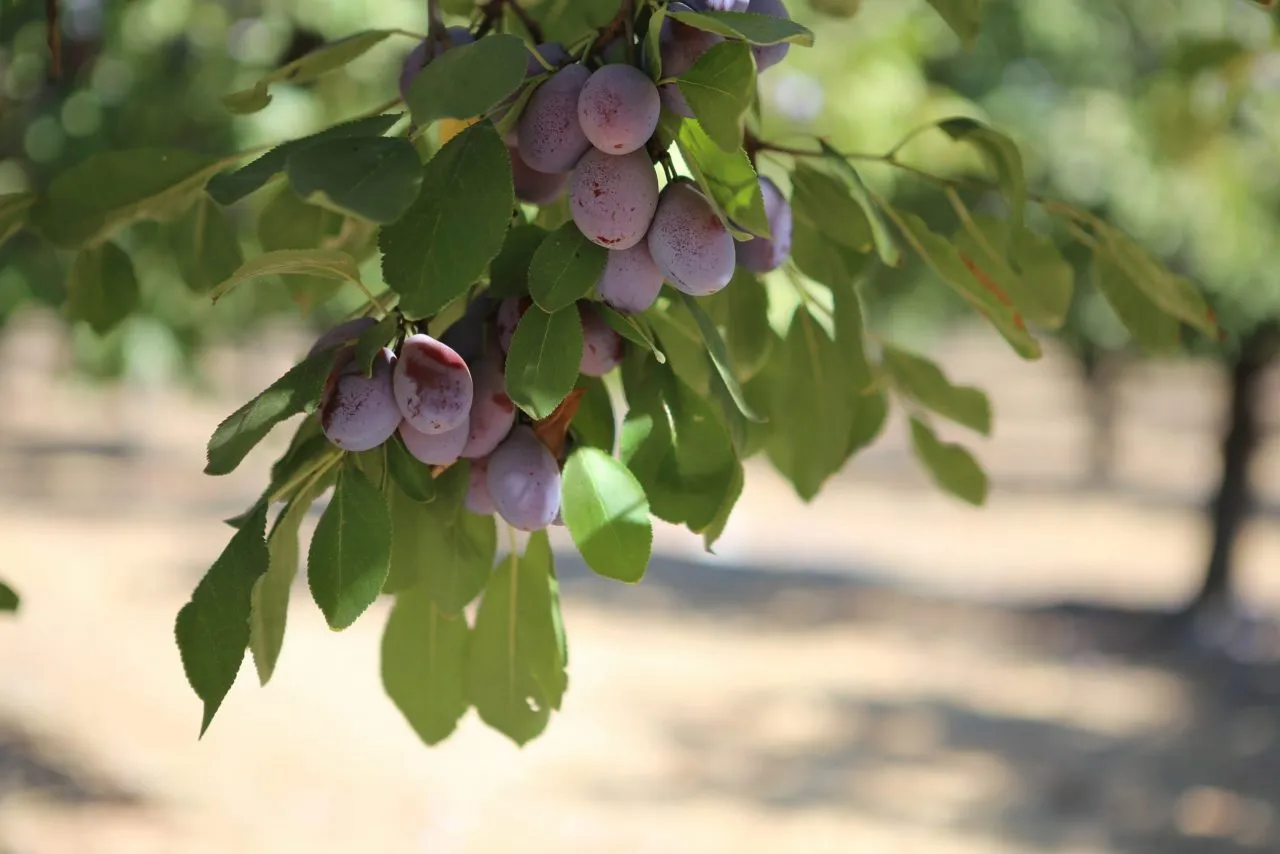
Sustainability in Practice
California Prune growers’ farming practices vary from farm to farm and year to year. Depending on weather conditions, soil quality, pests and other variables, they observe and adapt as needed to produce a top-quality crop.

Smart Pest Control
Operating in California, a state with stringent pesticide regulations, California Prune growers use Integrated Pest Management as an ecosystem-based approach to pest management, minimizing risks to people, and benefiting plants, animals and the overall environment.

Cover Crops
California Prune growers use cover crops to help maintain nutrient-dense soil and improve irrigation efficiency.

Habitats & Biodiversity
Maintaining riparian habitats, perching owl boxes among the trees to help keep pests from invading the orchard and leveraging apiaries for crop pollination are just a few ways that California Prune growers work in partnership with nature on their family farms.
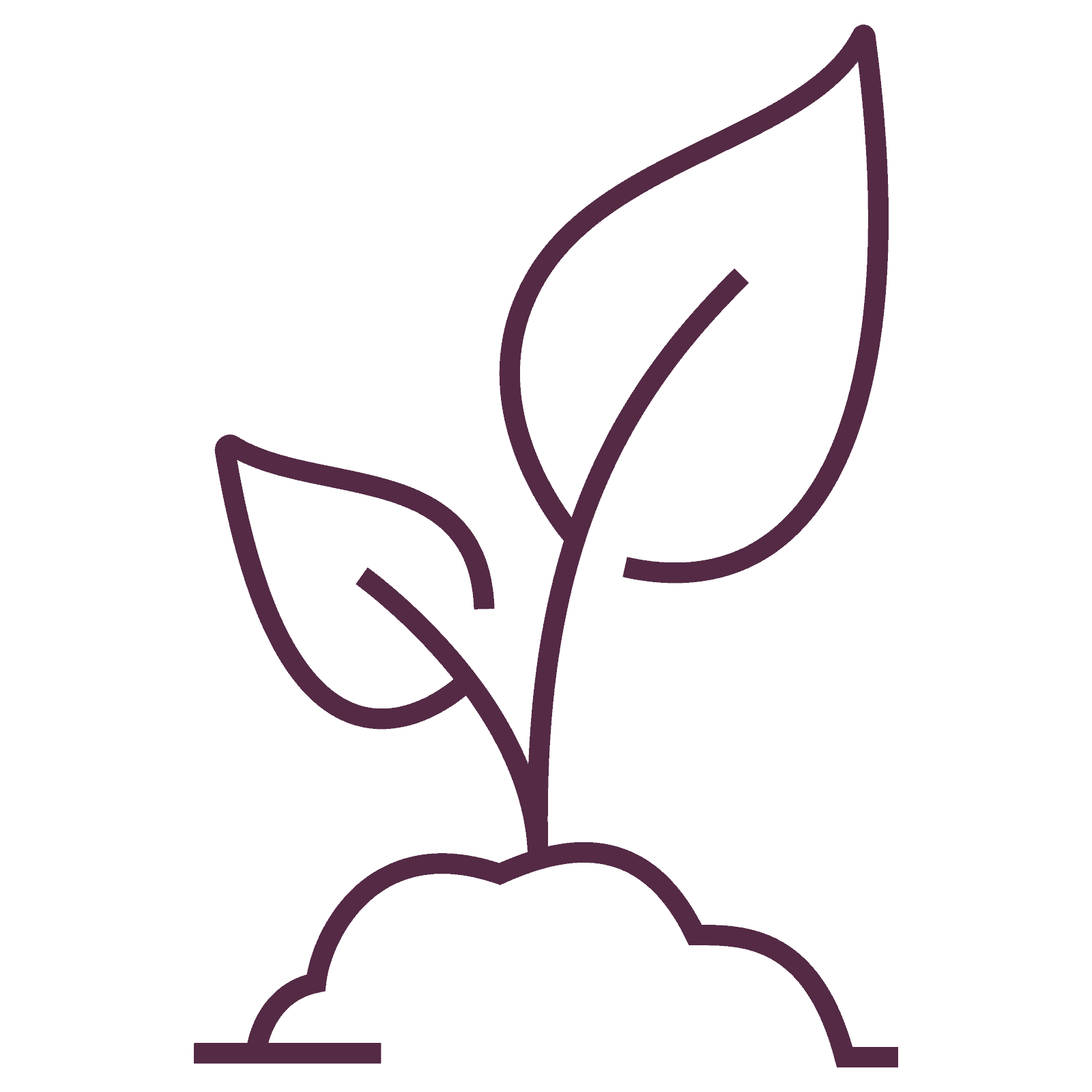
Soil Health Improvement
Combining beneficial bacteria into their orchard soil, while also incorporating nitrogen through a double-line drip irrigation system, California Prune growers improve their soil health to keep trees healthy and productive.

Renewable Energy
Using renewable energy is top of mind in prune production. California Prune growers and handlers have made significant investments in solar energy to decrease carbon energy use in their daily operations.

Water Conservation
Using precise micro-irrigation systems, California Prune growers have reduced water usage on their farms. California farmers are required to work with their communities on local management of water.

Life Cycle Assessment
In a Life Cycle Assessment (LCA) of the production of California Prunes conducted by U.C. Davis, computer modeling systems analyzed inputs and yields used in prune-growing regions to quantify the industry’s effect on global warming.

Greenhouse Gas Emissions
In partnership with the Foreign Agriculture Service/USDA Technical Assistance for Specialty Crops grant program, the California Prune Board has led two efforts aimed at containing and limiting GHG emissions from fumigants used in production and shipment of agricultural products.

Shelf Stability
California Prunes go from orchards to nearby climate-controlled drying tunnels, resulting in a shelf-stable product that doesn’t require refrigeration. This lessens environmental impact from transport, storage and waste as compared to fresh produce.

Fair Wages
The industry strives to provide fair wages and labor practices. Recognizing that the health and safety of those involved with the industry is of utmost importance, most growers, producers and processors offer medical benefits for employees. As of 2022, wages averaged $17.25/hour, with overtime pay required after 40 hours of work per week.

Varietal Research
The California Prune industry is making significant long-term investments in developing new varietals that are designed to improve efficiencies in harvesting, pruning and drying time. These improvements will reduce costs and prepare for the future through diversification.

Economic Impact
As of 2021, California Prune growers and handlers were spending more than $391.5 million locally on employee wages and benefits and purchase a wide array of goods and services needed for operations. As a result, they return a substantial portion of the revenues they generate back into the state.
Continual Improvement: A Timeline
1952 The California Prune industry launches a production research program to support growers and handlers in cultivating responsible, safe and environmentally friendly practices to produce a premium product.
1985 The industry implements a varietal selection program to make orchard management more efficient and reduce environmental impacts.
1995 The industry’s development of Integrated Prune Farming Practices centers around Integrated Pest Management, with research-based guidance provided to growers about when and how to control pests with the least environmental impact.
1997 The California Prune Board (CPB) forms a Nutrition Advisory Panel to explore prune nutrition and health benefits by funding sound scientific research. Knowing California Prunes are rich in nutrients, with high-quality carbohydrates, CPB implements a program to fund research into digestion and gut health, heart health, bone health and more. This research contributes to public dialogue exploring the total impact of different foods, in regard to both health and environment, and what a healthy, sustainable diet looks like.
2010 New technology and counterflow dryer advancements made by the California Prune industry leads to shorter drying time, from 24 hours down to just 18 hours. These advances offer more efficient use of gas and electricity, saving time and money while creating more sustainable businesses.
2016 A Life Cycle Assessment (LCA) conducted by researchers at UC Davis shows that prune trees in California are responsible for substantial environmental benefits, including the production of biomass co-products that can be used for renewable energy generation, temporary carbon storage in standing biomass, and long-term carbon storage in orchard floor soils. Findings also show that prune orchards are very high-biodiversity systems with a lower carbon footprint per yield than other major perennial orchard crops in the study. The LCA findings serve as a baseline measurement for California Prune growers and handlers to continually improve their practices and contribute to a better environment.
Present After more than three decades of trial, replacement of irrigation systems and continual improvement, California Prune growers have reduced water usage by 30-35% on their farms. Most California Prune farms now use precise micro-sprinklers, which are a highly efficient way of getting water and nutrients right to the roots of their trees.
California Prune Growers in Action
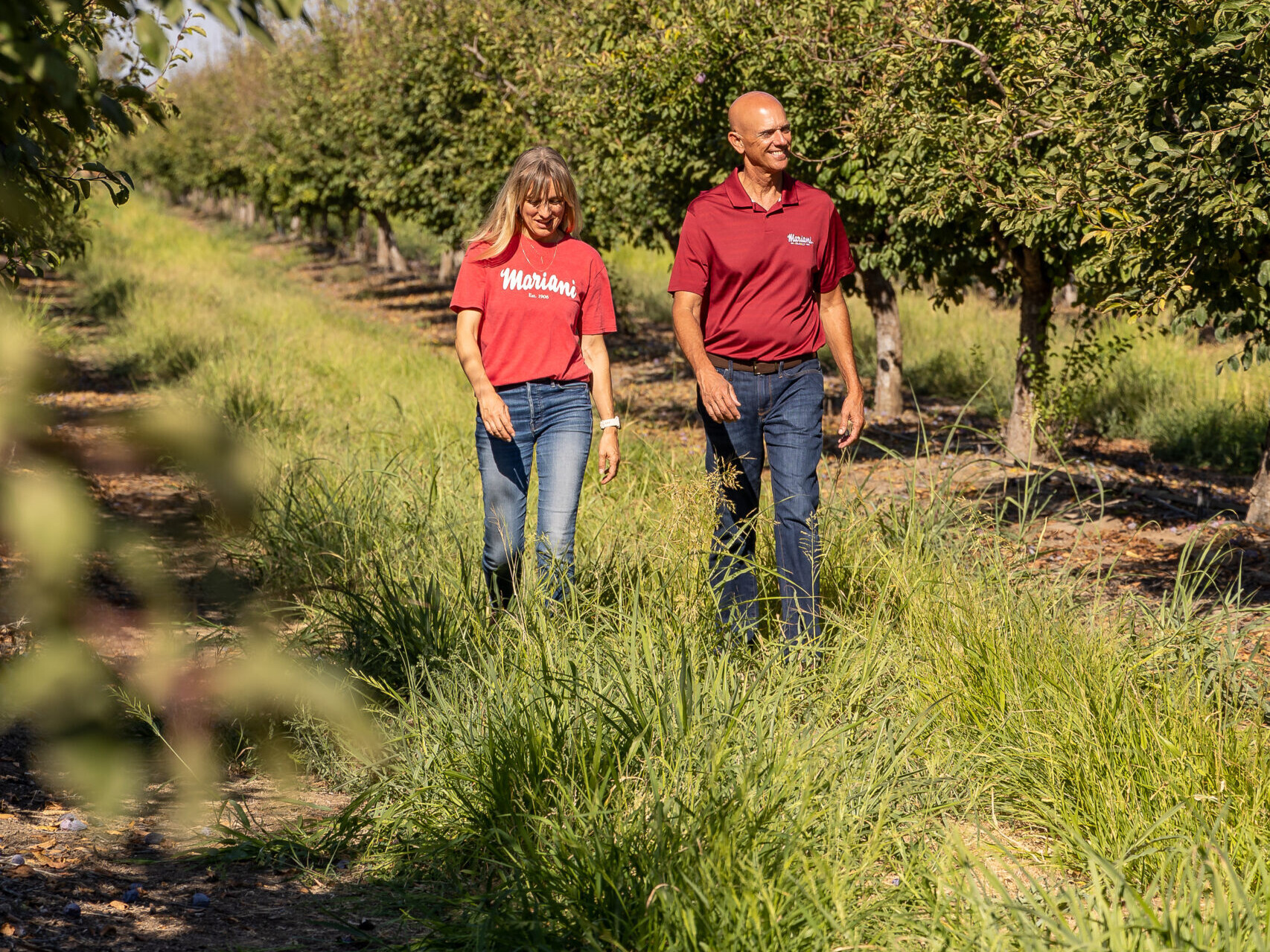
Natalie Mariani of the Mariani Family in Vacaville utilizes a water purification plant to recycle water waste to irrigate their orchards and reduce water use by 8 million gallons.
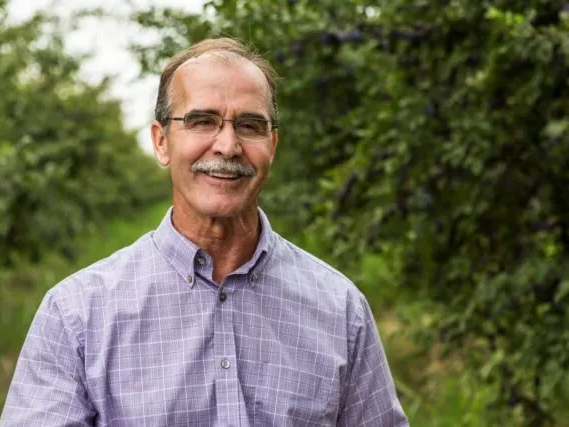
John Taylor, co-owner of Taylor brothers farms in Yuba City, injects nitrogen into the soil to improve soil health and has also experimented with beneficial bacteria most out of his land and prune trees.
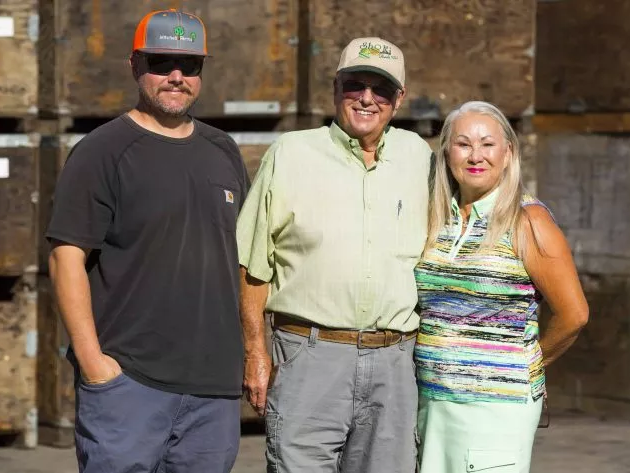
Sandra Mitchell, co-owner of Mitchell ranch in Yuba City, has invested in solar arrays to provide energy for all major electric needs.
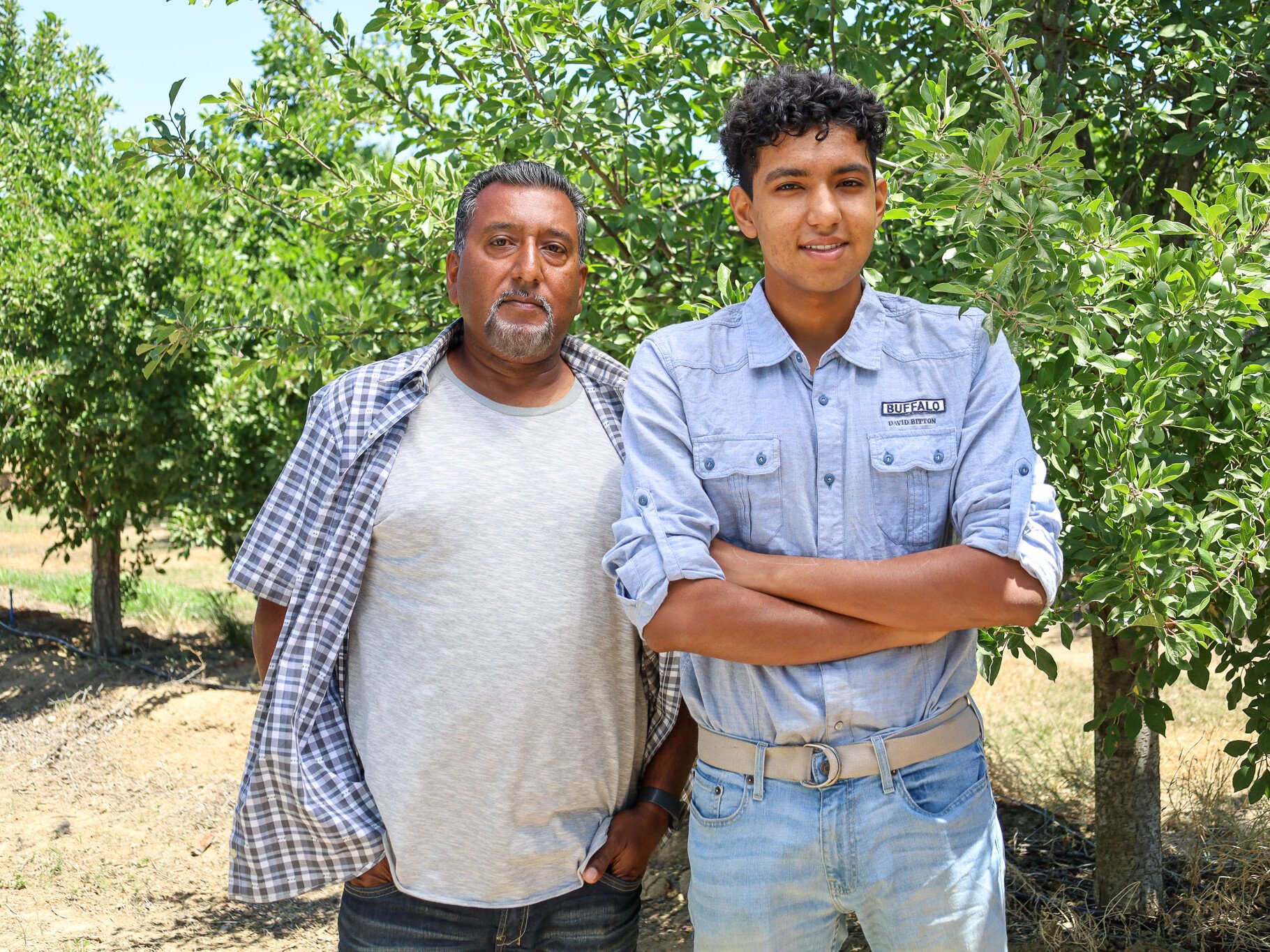
Ranvir Singh of feather River farms in Marysville conserves energy and fuel by allowing the grasses to grow in his orchard which helps capture carbon and clean the air.

Joe Turkovich of Winters perches owl boxes in his orchards to keep critters under control.
Work Underway and Ahead
With the California Prune industry’s continual improvement mindset, the following projects continue.
Prune Drying Innovation
The California Prune industry recently collaborated with Nitin Nitin, Ph.D. and Fidele Abedi of U.C. Davis to research innovative prune drying alternatives. One of the biggest assets and expenses to the California Prune industry is tunnel-drying technology. This drying process is a pivotal part of the California Difference, setting the California Prune industry apart from its competitors. As energy regulations grow stricter, so does the urgency for innovation and alternatives to natural gas. Nitin and Abedi are using their expertise in dehydration and rehydration to develop a proposal for the California Prune industry.
Varietal Research
The California Prune industry is making significant long-term investments in developing new varietals that are designed to improve efficiencies in harvesting, pruning and drying time. These improvements will reduce costs and prepare for the future through diversification of the species. They also will modernize the industry for a new generation of growers.
LCA Research
The California Prune industry started Life Cycle Assessment (LCA) of Prune Production in 2016. Even though a detailed LCA was done for prunes, work continues to understand the full environmental impacts and benefits of perennial agroecosystems, as well as improvements over time.
MRL Conference
The California Prune Board (CPB) has been involved in getting the Maximum Residue Limit (MRL) conference started and continues today to serve on the Program committee for the conference. The CPB also serves on the board of California Specialty Crops Council (CSCC), which hosts the conference every year. The MRL Conference helps keep commodities informed on residue limits and helps with the harmonization of the levels in countries around the world.
MBAO Conference
The CPB helped start the Methyl Bromide Alternatives Outreach (MBAO) in 1994 and continues to support the coordination of the conference today.
CSCC Regulatory Tour
For the past 20 years, the CPB has participated in the CSCC Regulatory tour, bringing in federal and state governments who are developing regulations on agriculture out into the field so they can see firsthand issues growers have to face in producing their crops. The annual tour regularly has a waiting list of those wanting to participate. The conference provides valuable contacts for people around the world both in agriculture and on the regulatory side.